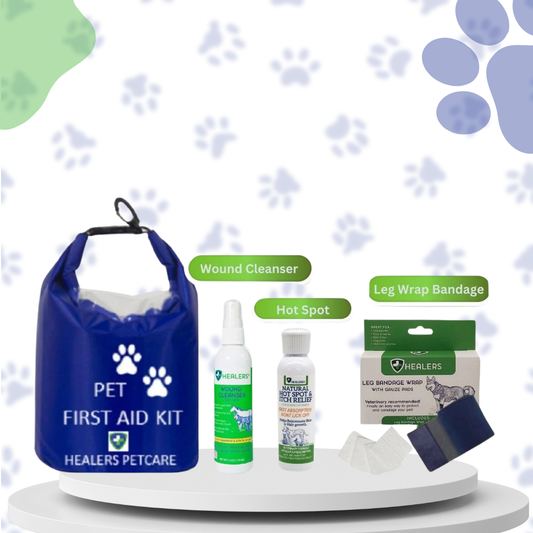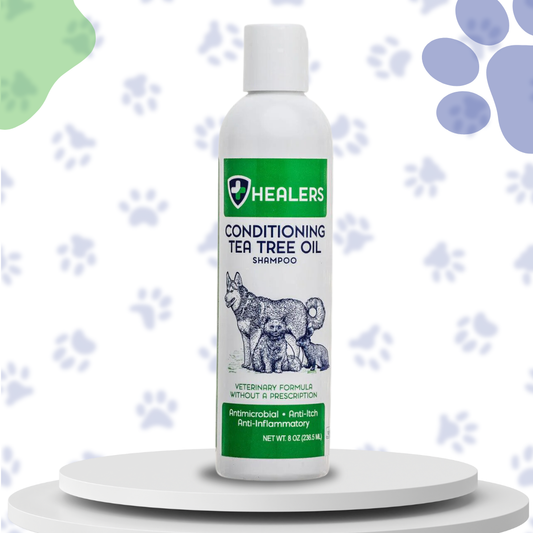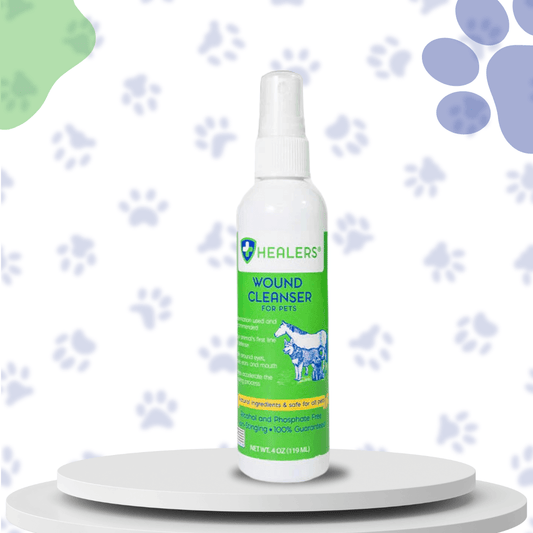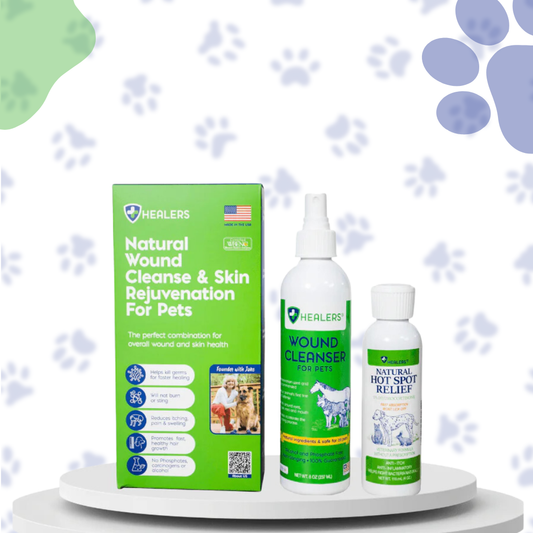How to Survive the Winter Freeze With Pets
The colder-than-normal temperatures have everyone trapped indoors, but that’s only a protective measure if you don’t have to go outside. Dogs need daily walks, and that means dog parents are bundling up to brave the ice, snow, and wind to take them.
You need to take into account that young or senior dogs and ones dealing with a chronic pre-existing medical condition may be more susceptible to extreme conditions that other pets.
Thick socks, boots, a warm winter coat, a hat and scarf, and gloves will keep people warm, dry, and protected from the snow and ice, but what about their pups? Sure, dogs’ fur coats provide a bit of a buffer, but most don’t have hats, coats, and boots to protect the rest of them. That last one is be a bigger problem than most dog owners realize, though, especially when temperatures drop below freezing.
Why the Super Cold Is So Dangerous for Pups
Creating a cozy and warm space for your pets, both indoors and outdoors, is essential for their comfort and well-being. Keeping pets inside is the ideal scenario, but if you take care of strays, or are unable to house your pet indoors, Here are some ideas to make their living spaces inviting:
Indoor Cozy Spaces:
-
Soft Bedding: Provide comfortable and plush bedding for your pets. Choose beds with soft materials that retain warmth, such as fleece or memory foam. Be sure to watch for any signing of chewing of materials if your pet is prone to chew up materials.
-
Warm Blankets: Layer their favorite resting spots with warm blankets. You can even consider heated blankets designed for pets, ensuring a toasty nap spot.
-
Heated Beds: Invest in heated pet beds that offer a consistent and gentle warmth. These beds are particularly beneficial for older pets or those with arthritis.
-
Cozy Corners: Create designated cozy corners in different rooms. Use furniture or pet tents to give them a sense of privacy and security.
-
Sunspot Access: Place beds near windows where sunlight streams in. Cats, in particular, love basking in the warmth of the sun.
-
Pet-Friendly Furniture: If your pets enjoy lounging on furniture, cover sofas and chairs with pet-friendly, washable covers to keep them warm and protect your furniture.
Outdoor Comfort Zones:
-
Insulated Shelter: Provide an insulated outdoor shelter for pets, especially during colder months. This could be a doghouse with proper insulation and a raised floor to keep them off cold ground.
-
Heated Water Bowls: Ensure access to unfrozen water by using heated water bowls. Hydration is crucial, even in winter.
-
Windbreaks: Create windbreaks around outdoor spaces using natural barriers or by installing windbreak panels. This helps prevent cold drafts and keeps the area warmer.
-
Elevated Beds: Use elevated pet beds for outdoor areas to keep your pets off the cold ground. Elevated beds also provide better air circulation, preventing dampness.
-
Cozy Outdoor Beds: Invest in weather-resistant and insulated outdoor pet beds. These beds are designed to withstand the elements while providing warmth and comfort.
-
Heated Pads: Consider heated pads designed for outdoor use. These pads are safe and can be placed inside outdoor shelters or on elevated beds. Keep in mind that even blankets or heating pads can cause burns or damage to pets if used for an extended amount of time, check often.
Remember to monitor your pets and adjust their living spaces based on the weather conditions. Providing a warm and cozy environment demonstrates your love and care for your furry friends, ensuring they stay comfortable year-round.
It’s no surprise that ultra-cold weather is a hazard. Wind can burn skin, overexposure can cause frostbite, snow piles up and hardens, and ice becomes more prevalent. Homeowners, businesses, and snow removal teams use a combination of plowing or shoveling and salt or chemicals to keep snow and ice from accumulating. Those chemicals can harm dogs’ paws.
-
Chemicals Concerns
Paw pads are absorptive, just like the skin on the bottoms of people’s feet. That means the chemicals sprinkled all over the sidewalk are getting absorbed into or caking on pups’ paws, a very important potential issue against which many dog parents don’t protect. Dogs that are negatively impacted by salt and chemicals might get raw patches on their paws or experience drying, cracking, or bleeding. Be sure to make sure your pet stays safe with boots, or wash and dry the paws after being in areas that may contain chemicals.
-
Ice Issues
Ice can have a similar impact. Sub-zero temperatures apply to the air, but frozen air means even frostier ground and ice conditions. This can burn dogs’ paw pads or, even worse, actually cause their warm paws to stick to the ground. Breaking the seal between the two can lead to raw, torn pads that will be both difficult to heal and incredibly painful.
-
Other Paw Problems
Dogs have other potential freeze-related worries, too, like the possibility of losing a nail. It can take two months for such an injury to heal, and its nature means the impacted area can be easily aggravated. This prevents proper healing and creates a risk for infection.
-
Protecting Your Furry Friends from Hypothermia
As temperatures drop, it's crucial to safeguard our beloved canine companions from the harsh effects of extreme cold, including the risk of hypothermia. Some tips and advice to help you keep your furry friends warm and safe during chilly weather.
- Limit Outdoor Time:
First and foremost, in the face of extreme cold, limit your dog's time outdoors. Only allow them outside for short periods, primarily for bathroom breaks. Even if it seems brief, never leave your dog unsupervised outdoors during severe weather conditions.
- Invest in Jackets or Sweaters:
To provide an extra layer of warmth during outdoor excursions, veterinarians recommend investing in jackets or sweaters for your pets. This is especially important for smaller dogs or those with short hair, as they are more susceptible to the cold. Healers PetCare emphasizes the significance of these protective garments in shielding your furry companions from the chilling temperatures.
- Monitor Weather Conditions:
Stay vigilant about weather conditions, and be mindful of wind chill factors. Even though dogs have a protective furry layer, it may not be enough. Dogs are susceptible to hypothermia when exposed to strong winds, even if the temperature itself may not seem extremely low. Always check the weather forecast and adjust outdoor activities accordingly.
- Create a Cozy Indoor Haven:
Ensure your home provides a warm and comfortable space for your pets. Set up cozy blankets and bedding in their favorite spots. If your dog enjoys resting in a crate, consider placing additional blankets inside to create a snug environment.
- Watch for Warning Signs:
Keep a close eye on your dog for any signs of discomfort or distress in cold weather. Shivering, lethargy, and difficulty moving are indicators of potential hypothermia. If you notice any of these signs, bring your pet indoors immediately and consult with your veterinarian.
How to Treat and Prevent Ice-Related Paw Woes
We can’t do anything about the temperatures, but we can prevent the problems they create. Contact with ice can be minimized by purchasing dog booties. Healers Urban Walkers are made from breathable material, wrap around dogs’ legs to provide a secure hold, and come with a non-skid sole to improve movement.
If your pup has been exposed to the elements and you’re concerned about the injuries he or she has sustained, it’s important to keep the impacted areas clean and dry. Clean and disinfect the wounds with our Wound Cleanser then wrap the paws to keep injuries from reopening or attracting dirt, debris, or other harmful substances.
An easy and stress-free, for you and your pet, way to achieve a secure wrap is with our Medical Dog Booties. The soft, soothing material acts like a slipper, wrapping around dogs’ paws and held securely in place by Velcro. We offer gauze inserts that can hold medication against wounded areas or help keep injuries clean.
Dogs that experience nail loss are at risk of infection. The location of the injury can make it difficult to heal, as many movements cause dogs to flex their paws and break the scab where the nail is missing. You’ll need to clean the wound twice per day by soaking it for 5- 10 minutes in a mild, dilute soapy solution, then apply wound spray and wrap the paw to keep it protected.
Exploring Indoor Adventures: When Extreme Weather Puts Outdoor Plans on Pause
We understand that extreme weather conditions can sometimes put a damper on your outdoor adventures with your furry companions. Fear not, pet parents! We've got some fantastic alternatives to keep the fun and bonding going, even when the weather is less than cooperative.
1. Indoor Playtime Extravaganza: Transform your living space into a haven of excitement for your pets. Interactive toys, puzzle feeders, and agility games can turn a gloomy day into a playtime extravaganza. Engaging indoor activities are not only entertaining but also mentally stimulating for your pets.
2. DIY Indoor Obstacle Course: Get creative and set up a mini obstacle course using household items. Encourage your pets to navigate through tunnels made from blankets, jump over cushions, or weave through makeshift poles. This DIY approach adds an extra element of fun and challenges their agility.
3. Treat Hunt Adventure: Hide treats around the house and let your pets embark on a tasty treasure hunt. This engages their natural instincts, provides mental stimulation, and adds an element of excitement to their day. Just be prepared for some adorable detective work!
4. Interactive Games and Apps: Explore interactive games and apps designed for pets. From virtual fish ponds to laser chase games, these digital adventures can be a delightful alternative when going outside isn't an option.
5. Indoor Training Sessions: Take advantage of indoor time for training sessions. Teach your pets new tricks, reinforce existing commands, or work on obedience training. This not only strengthens your bond but also keeps their minds sharp.
6. Snuggle and Movie Time: On particularly chilly or stormy days, there's nothing like a cozy snuggle session. Set up a designated snuggle zone with blankets and pillows and enjoy some quality movie time with your furry friend. Don't forget the popcorn (no salt/butter for your pets portion)!
7. Spa Day Pampering: Turn a dreary day into a spa day! Pamper your pets with a gentle grooming session, a warm bath, and maybe even some pet-safe massage techniques. It's a great way to show them love and keep them feeling their best.
8. Make Homemade Dog-safe Treats: There are numerous homemade treat recipes out there for you to choose from. Some are even a no-bake option. We have two that are not only tasty, but also healthy for your pet. Try our Jerky or Turmeric treats. Nothing better than a yummy treat with health benefits to boot!
We believe in adapting to every situation to ensure your pets lead happy, healthy, and fulfilled lives. So, when extreme weather hinders your outdoor plans, embrace these indoor alternatives for memorable moments with your beloved pets. Stay warm, stay dry, and let the indoor adventures begin!
Knowledge is powerful when the weather gets extra cold. Knowing what to watch out for and how to prevent or treat cold-related injuries will go a long way toward ensuring you and your pup stay safe this winter! It is a good idea to have a pet first aid kit on hand, you never know when you may need it. You can put one together yourself, or purchase one,
Healers PetCare prioritizes the well-being of your furry family members. By following these expert tips, you can ensure that your pet’s stay warm, comfortable, and safe during the colder months. Remember, a little extra care goes a long way in keeping them happy and healthy all year round.
Stay warm, stay safe, and keep those tails wagging!





